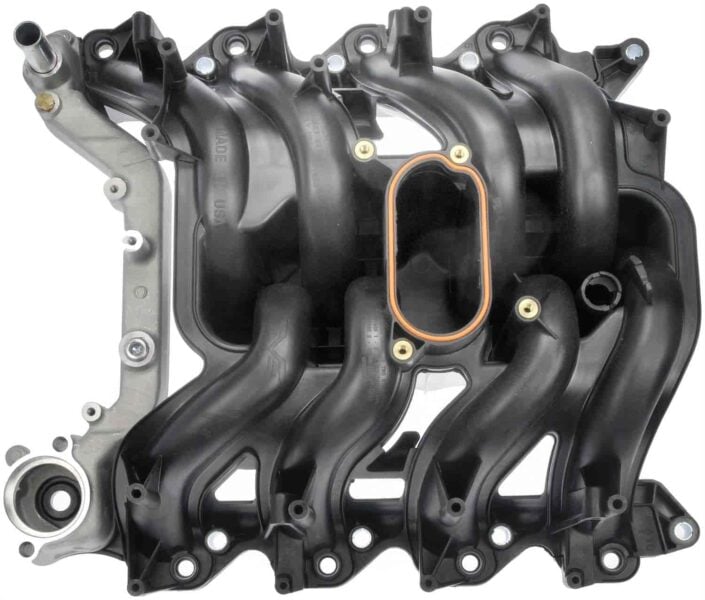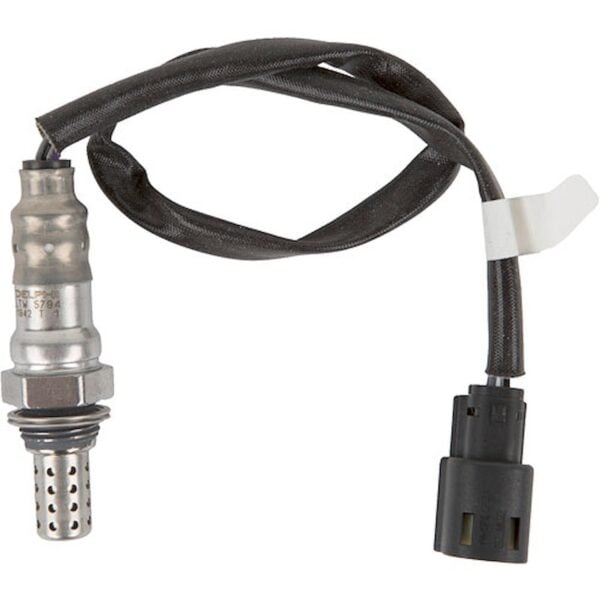Sign up now to join the JEGS email newsletter and be the first to learn about new products, special deals and e-mail only offers!


Ever do a stock rebuild or transplant a new engine into an older car and the car will barely idle or runs rich, but everything is stock replacement? This is common when buying "stock size injectors" without looking at the data. Even though the manufacturers catalog says a particular injector is "stock replacement" there are two questions that should be addressed: What is the injectors rated flow and what PSI delivers that flow? Armed with the answers to these questions we can select the correct injector for the application.
Let's first replace a stock 19 lbs./hr. @ 39.15 psi Mustang injector with a brand new Accel injector. Stock regulated fuel pressure for a 1987-2010 Mustang is 39.15 psi, making fuel delivery on target. This is with the stock PCM calibrated for this flow rate. The Accel injector is also 19 lbs./hr., but at 43.5 psi, so using the formula below we can calculate the new injector size based on the difference in pressure.
Keep in mind that "New Pressure" is the current system pressure, NOT the new injector pressure.
Injector Flow Rate * √ (New Pressure / Old Pressure)
The formula would be as follows: 19lb/hr * √ (39.15 / 43.5) = 18lb/hr.
Here we are trying to find what the Accel injector is going to flow with a lesser fuel pressure. Yes, 18lb/hr doesn't seem far from the factory 19lbs./hr. but we are talking pounds per hour of fuel delivery and it did take 4.35 psi to get here. Another area to check is if the vehicle has an aftermarket adjustable fuel pressure regulator that may not be set properly.
Sign up now to join the JEGS email newsletter and be the first to learn about new products, special deals and e-mail only offers!

The base fuel pressure should be set at the pressure at which the injectors are rated with the engine running and the vacuum reference to the regulator disconnected and plugged off.
Now, let's look at the same scenario using a LS1 engine application. Stock LS1 injectors are 26 lbs./hr. @ 58 psi, but the customer is looking at the Accel 26 lbs./hr. @ 43.5 psi injectors. Using the formula above let's do the math:
26lb/hr * √ (58 / 43.5) = 30lb/hr
Where the Ford example would result in a lean condition the GM application would experience a VERY rich condition. Upsizing the injector would be required for a proper running fuel system.
(this is an estimate only, see a JEGS tech for your specific application)
Horsepower:
Fuel Type:
Number of Injectors:
(leave the field blank for the measurement you want)
CC/Min:
Lb/Hr:
Newer Ford applications from 1999-2010 have a returnless fuel system; which means the computer knows what the pressure should be and varies the voltage to the fuel pump based on input from a pressure sensor on the fuel rail to maintain that pressure. GM's and 2011+ Ford's have what is known as a mechanical returnless fuel system; which means it doesn't have a return line from the motor, but there is a pressure regulator in the fuel tank at the fuel pump that is pre-set from the factory (this regulator is non-adjustable) that dumps the fuel directly back into the tank. Most of the newer flash programmers on the market will allow adjustment for larger injectors, but is always good practice to verify with the manufacturer.




